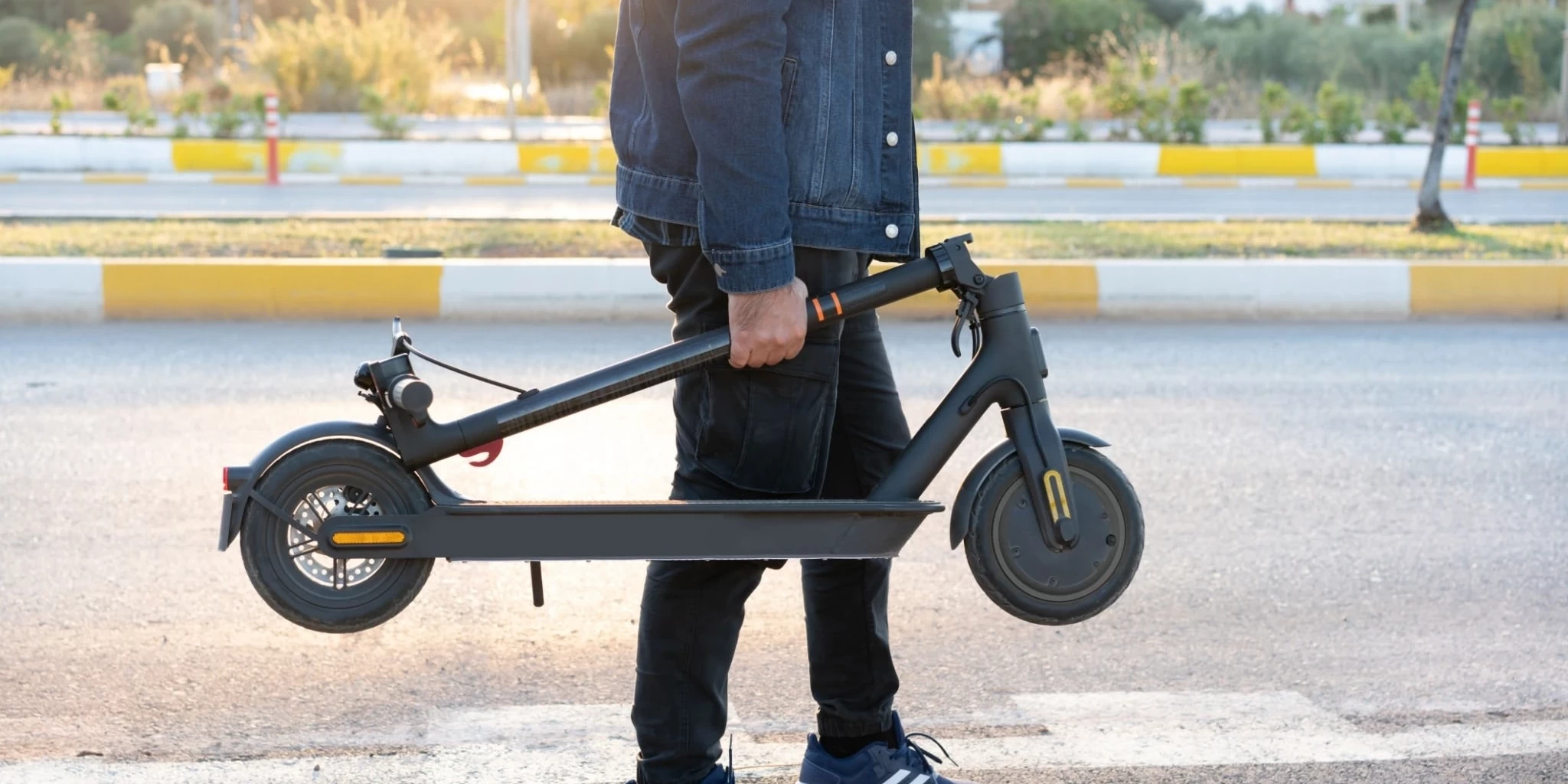Jump to:
Electric scooters are becoming increasingly popular. With the rise of the sharing economy, renting one of these eco-friendly vehicles for your commute, a leisurely ride, or running errands is easier than ever. But how much energy do e-scooters consume, and how sustainable are they compared to regular scooters or other modes of transport? In this blog post, we’ll explore the answers to those questions and look at ways to reduce energy consumption for better sustainability.
Understanding Electric Scooters
Electric scooters, or e-scooters, are powered by battery-operated motors. They typically range around 15-30 miles per charge, although this varies depending on the model and usage. Many e-scooters are designed for urban environments and can reach up to 15-20 mph speeds. They’re also lightweight and compact, which makes them easy to store and transport.

The Importance Of Energy Consumption For Sustainability
As the world becomes more aware of the impact of transportation on the environment, there’s a growing need for sustainable alternatives. E-scooters have the potential to be an eco-friendly option, as they emit no emissions and run on electricity, which can be generated from renewable sources like wind and solar power. However, the energy consumption of e-scooters plays a crucial role in determining their overall sustainability.
Factors Affecting The Energy Consumption Of E-Scooters
Several factors affect the energy consumption of e-scooters. These include the weight of the rider, the terrain, the speed, and the condition of the battery. Heavier riders require more power from the motor to reach the same rate, resulting in higher energy consumption. Hilly terrain also increases energy consumption due to the additional climbing effort. Similarly, riding at higher rates requires more power, which drains the battery faster. Finally, batteries that are not well-maintained or replaced when necessary will have reduced capacity, affecting the scooter’s range and energy efficiency.

How To Calculate Energy Consumption Of E-Scooters
To calculate the energy consumption of an e-scooter, you need to know the voltage and amp-hour rating of the battery and the wattage of the motor. Once you have this information, you can use the following formula:
Energy consumption (kWh) = voltage (v) x amp-hour rating (ah) / 1000
For example, if your e-scooter uses a 48v battery with a 10ah amp-hour rating and a 500w motor, the energy consumption is:
Energy consumption = 48v x 10ah / 1000 = 0. 48 kWh
Average Energy Consumption Of E-Scooters In Different Conditions
The average energy consumption of e-scooters varies depending on several factors, including the weight of the rider, the terrain, and the speed. However, a study by the University of Tennessee found that the average energy consumption of e-scooters is approximately 0. 2-0. Three kWh per mile. This is comparable to the energy consumption of electric cars, much lower than regular gas-powered vehicles, which consume around 0. 3-0. 6 gallons of fuel per mile.
Comparison Of Energy Consumption Of E-Scooters With Other Modes Of Transport
Compared to other modes of transport, e-scooters are relatively energy-efficient. For example, a regular gas-powered scooter consumes around 0. 8-1 gallon of fuel per 100 miles, while a medium-sized car consumes about 2-3 gallons per 100 miles. However, public transportation is still the most energy-efficient option, with trains and buses drinking just 0. 3-0. 4 kWh per passenger mile.

Ways To Reduce Energy Consumption Of E-Scooters For Better Sustainability
To improve the overall sustainability of e-scooters, it’s essential to reduce energy consumption. One way to do this is by riding at slower speeds, which requires less power from the motor. Similarly, maintaining an optimal weight for your scooter and charging the battery regularly can improve its energy efficiency. Choosing a more energy-efficient model with a high-quality battery can also make a significant difference.
E-scooters are a promising alternative to traditional forms of transport for short trips and commutes. They produce no emissions, are lightweight, and are easy to store, making them convenient and eco-friendly. However, the energy consumption of e-scooters plays a significant role in determining their overall sustainability. By understanding the factors that affect energy consumption, calculating energy usage, and adopting practices to reduce energy consumption, we can make e-scooters a more sustainable option for the future. Additionally, any grammar mistakes were checked and corrected.
Peaker
Meet Peaker, our suave electric scooter enthusiast from the charming streets of London. With a passion for sustainable urban mobility, Peaker navigates the world of electric scooters with a keen eye for style and efficiency. Whether he's zipping through the city or sharing his latest scooting adventures, Peaker is your go-to guide for all things electric and eco-friendly. Join him on the ride towards a greener, swifter future!





